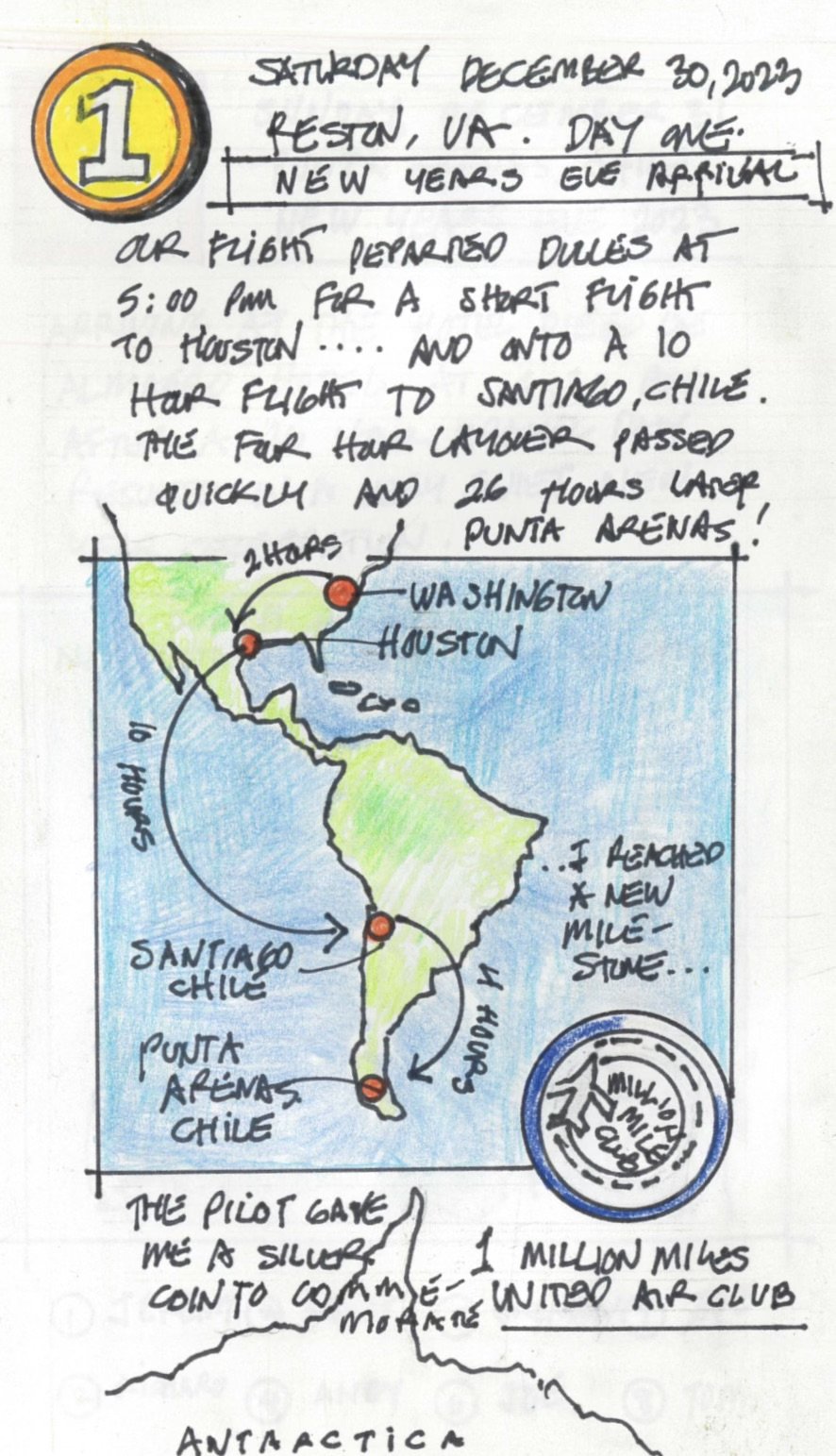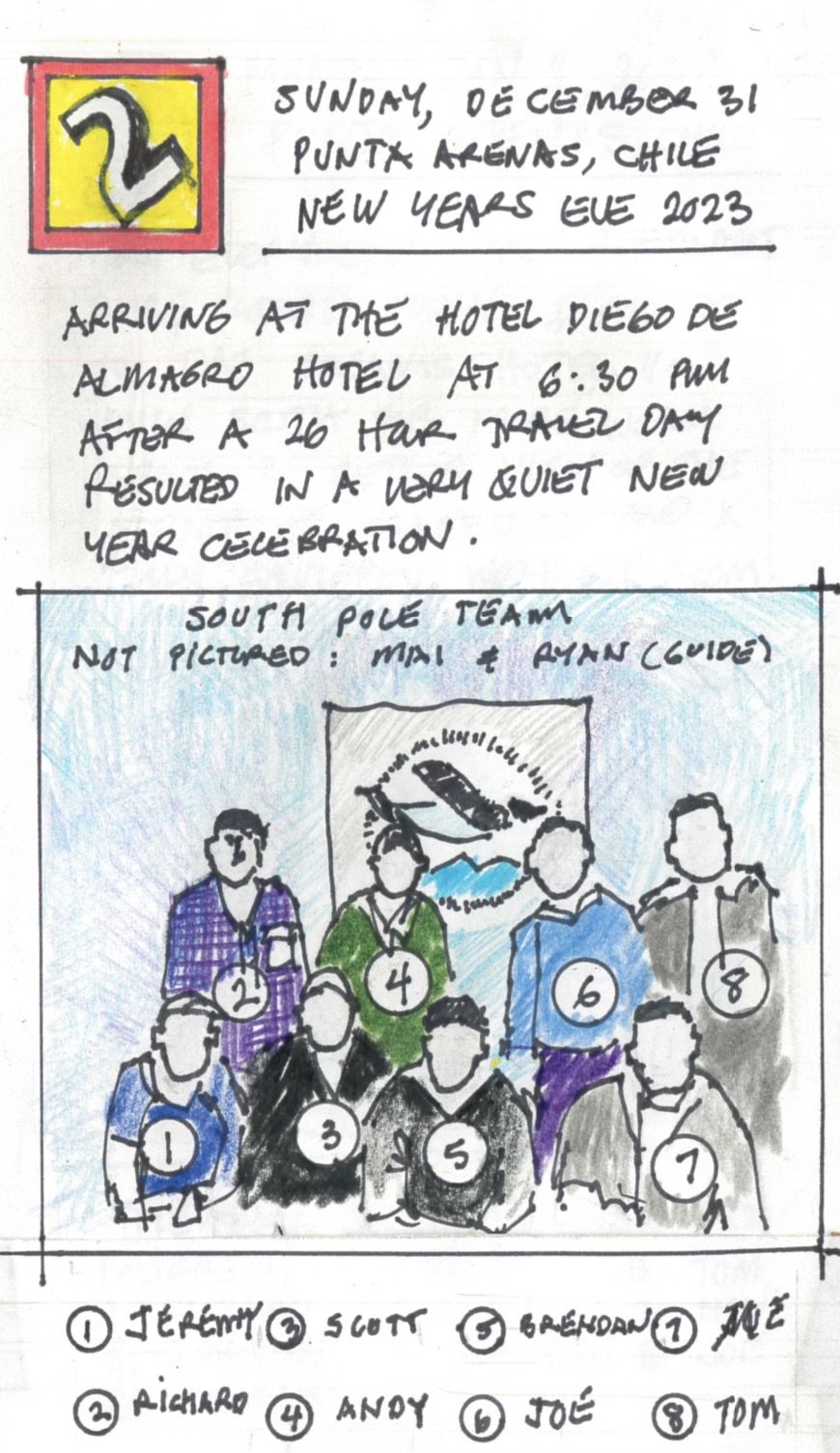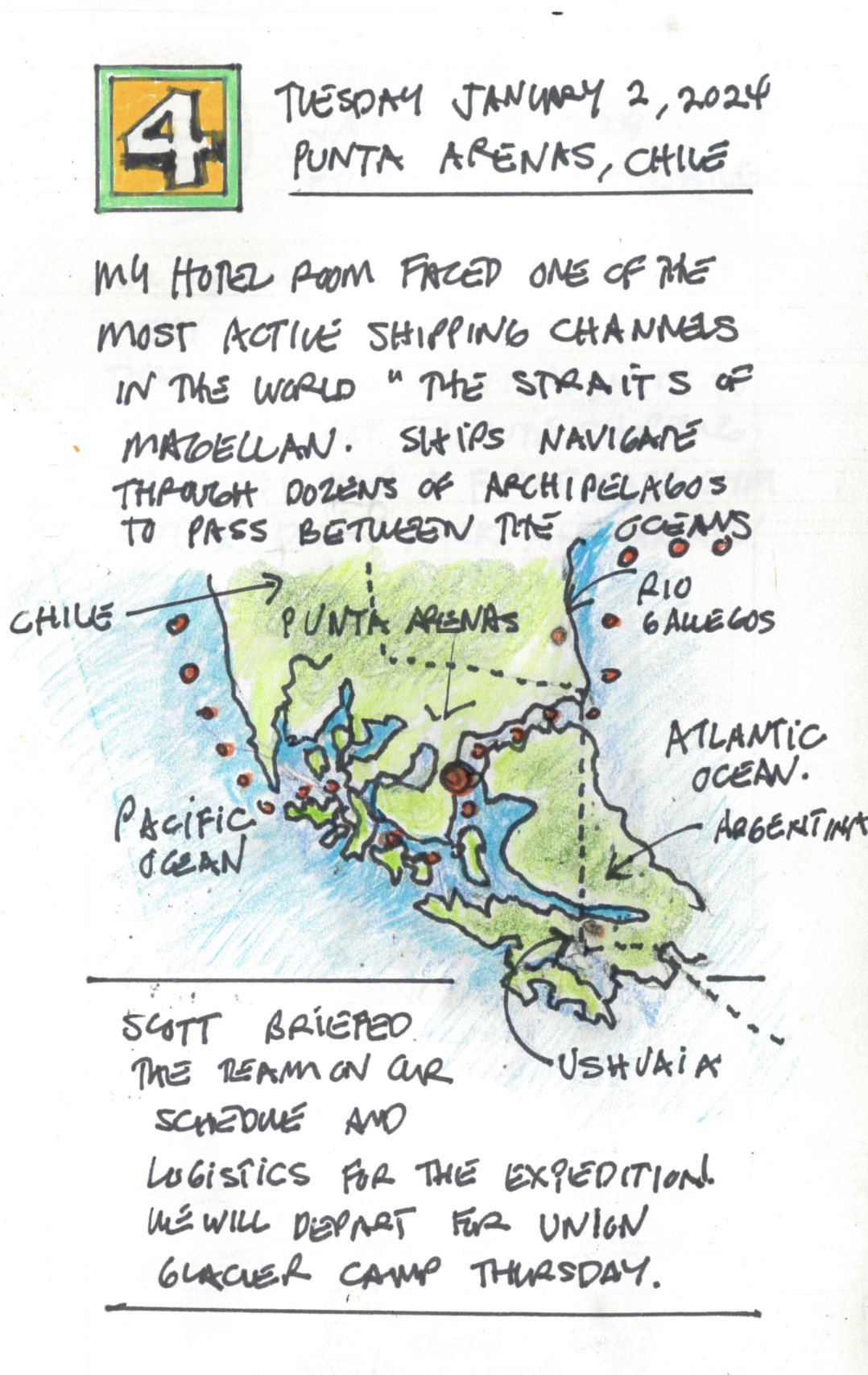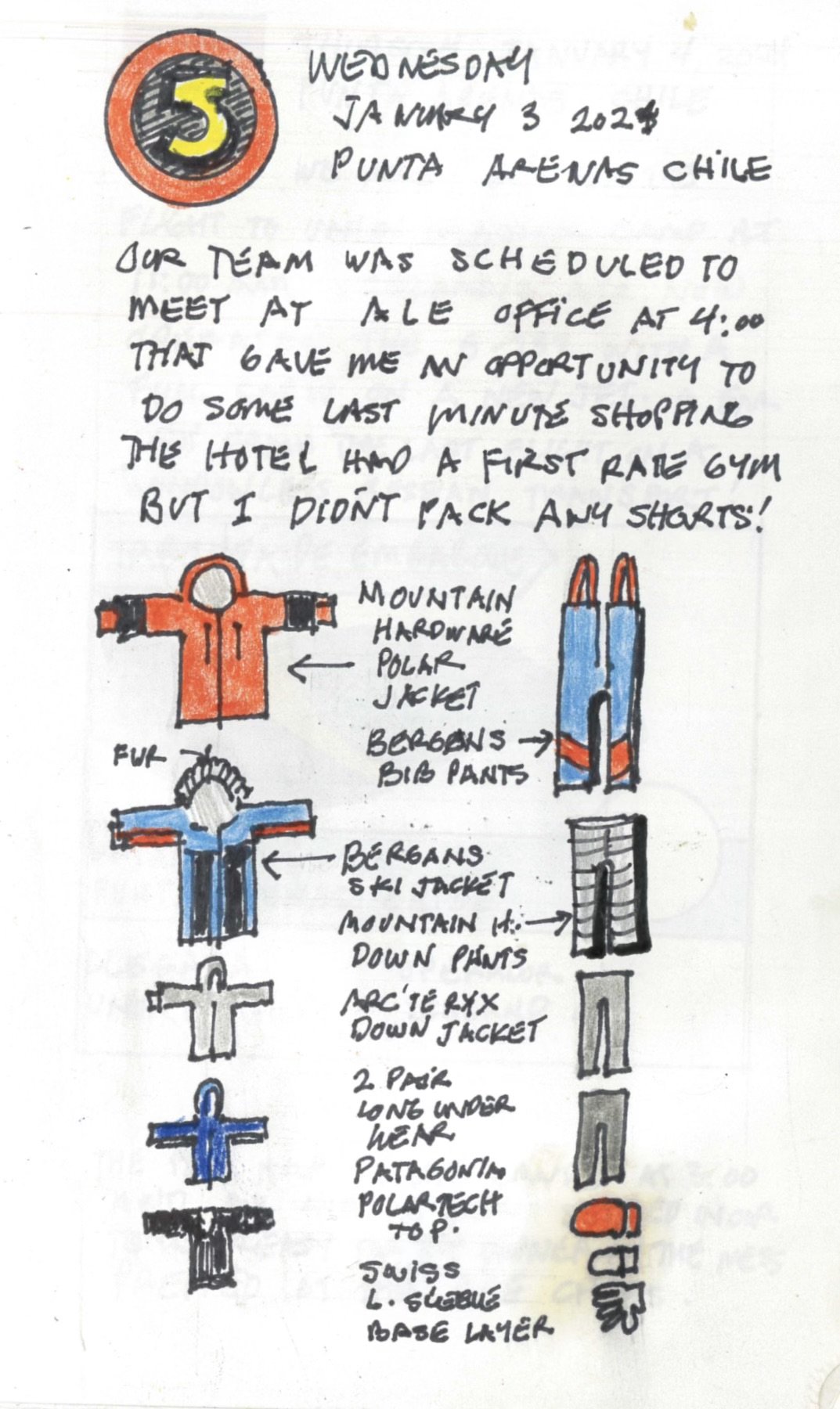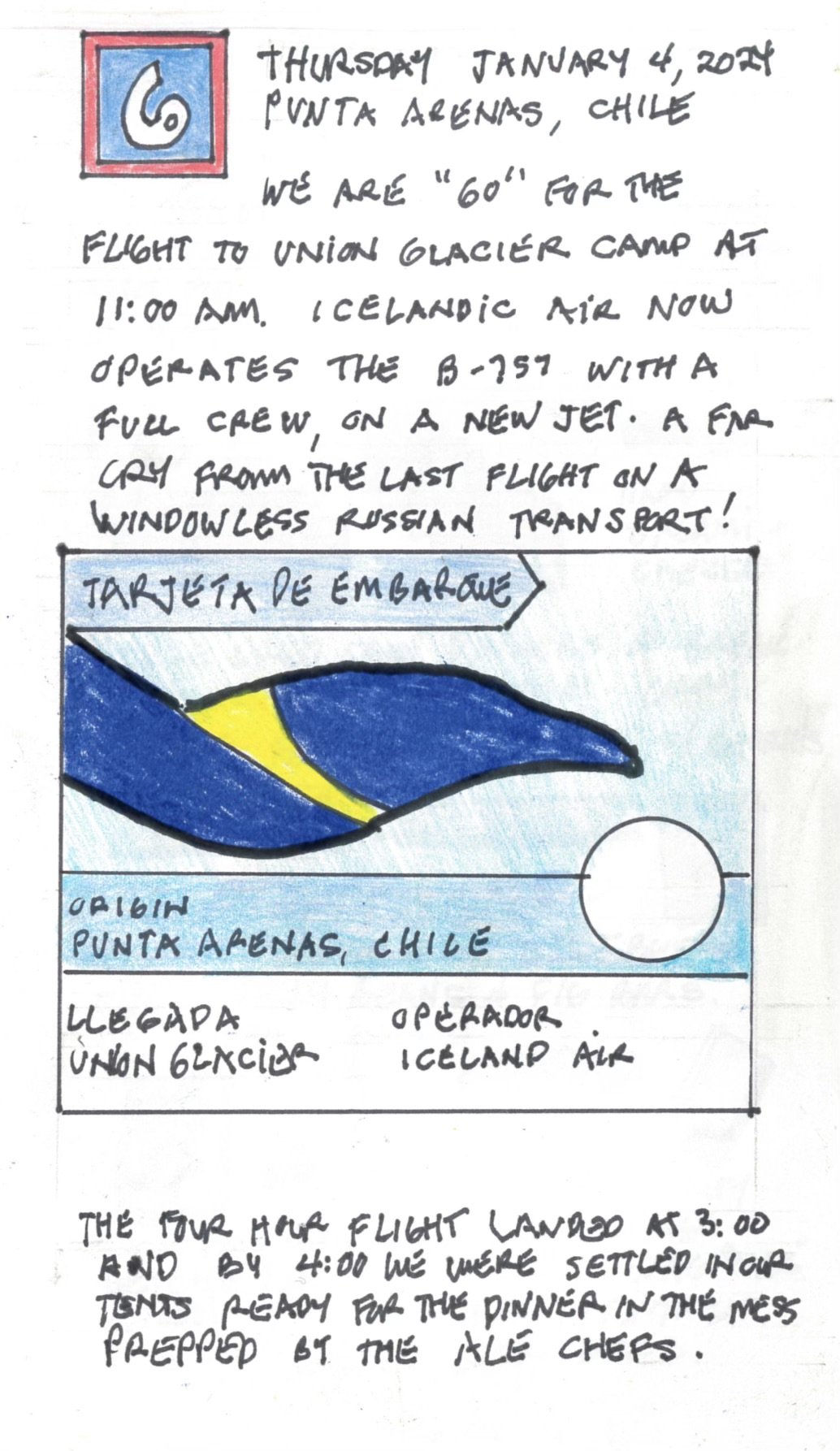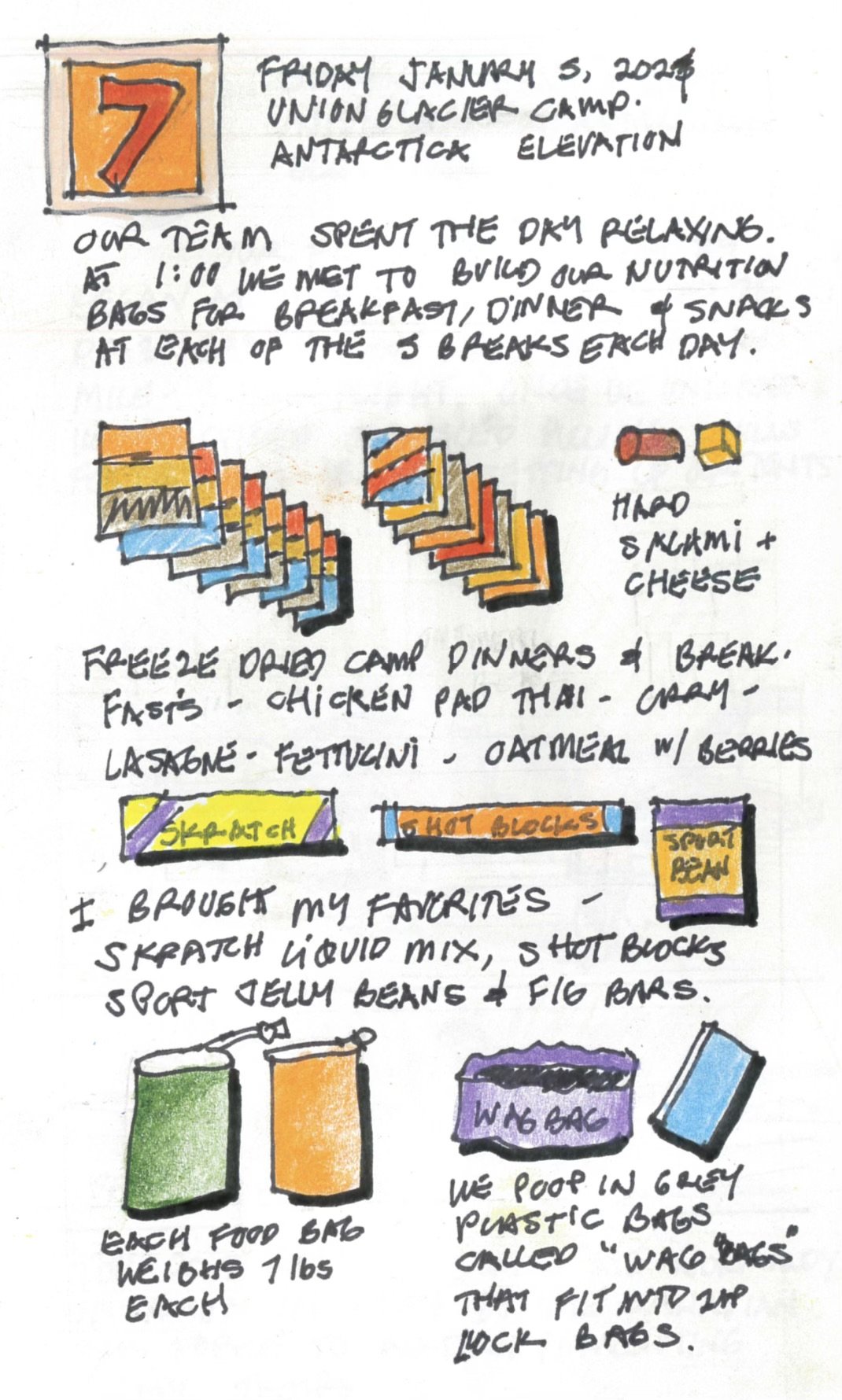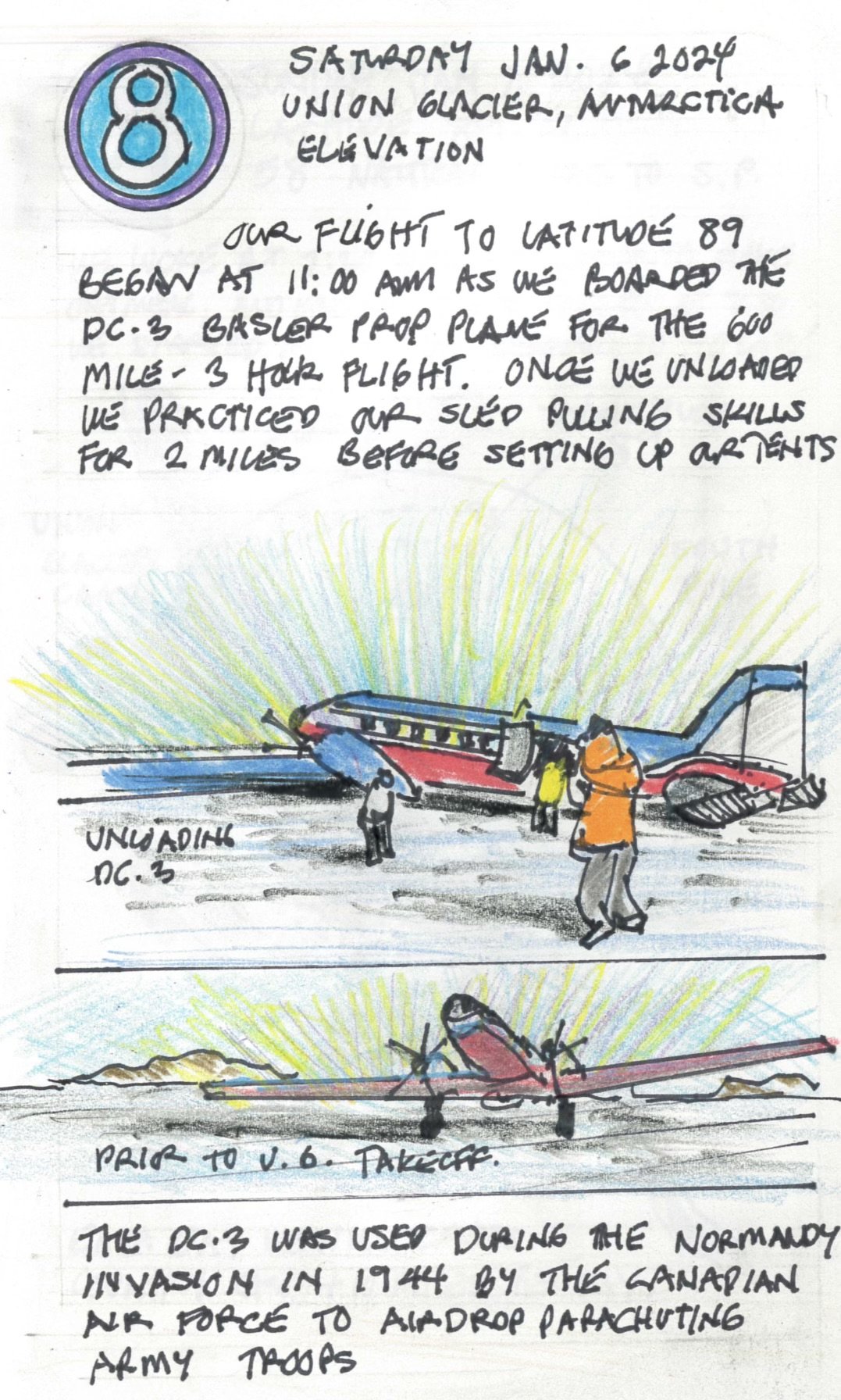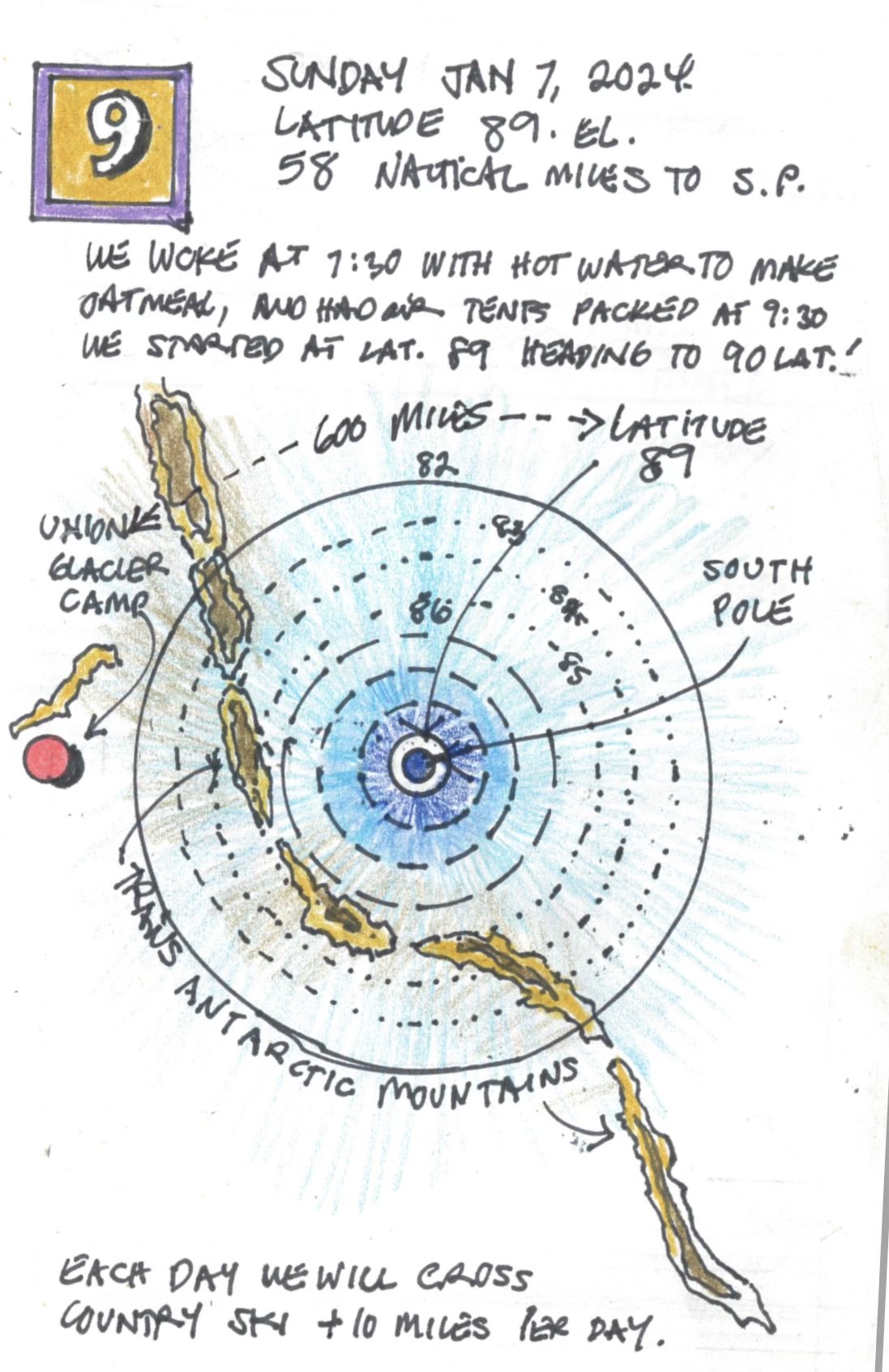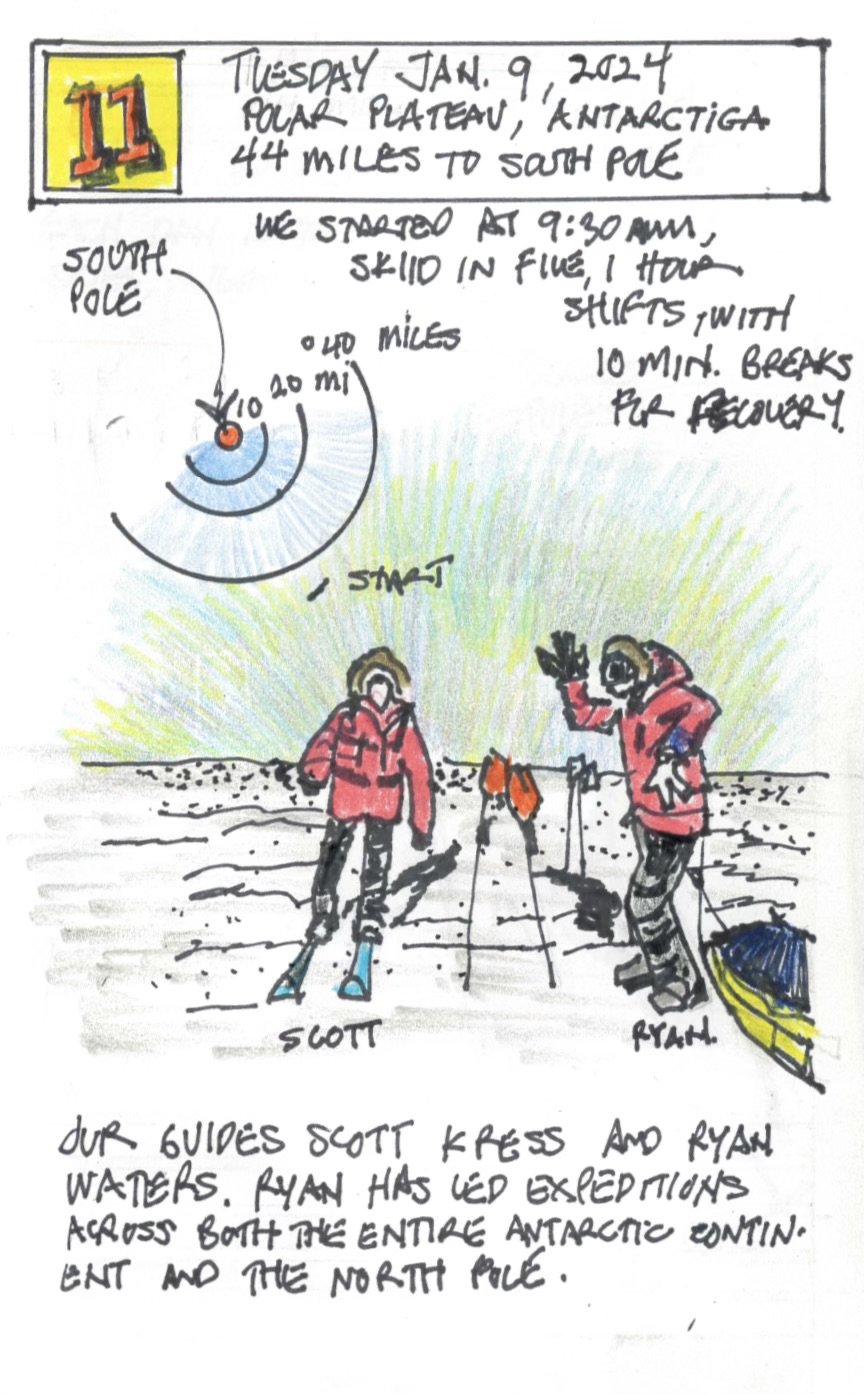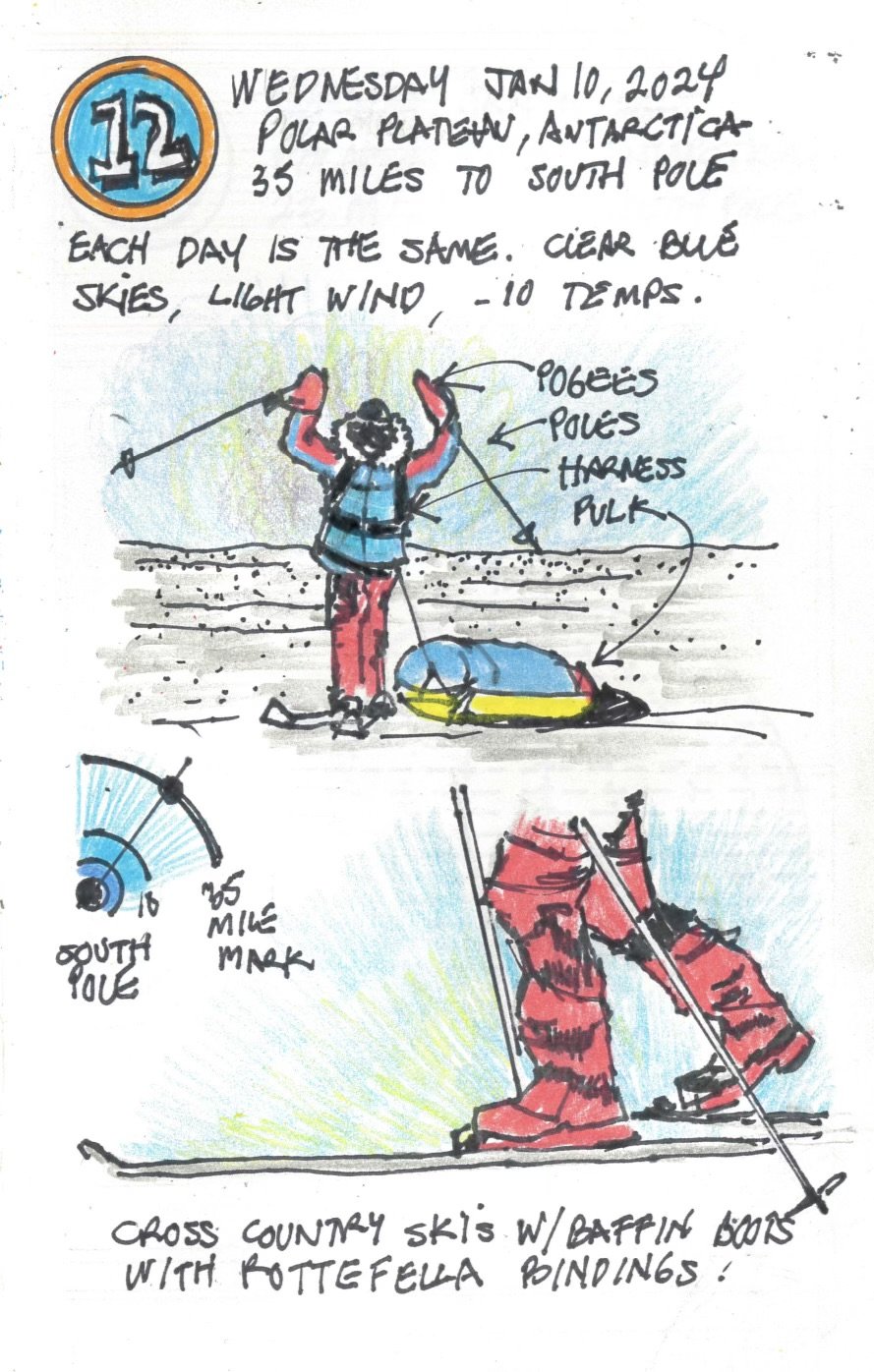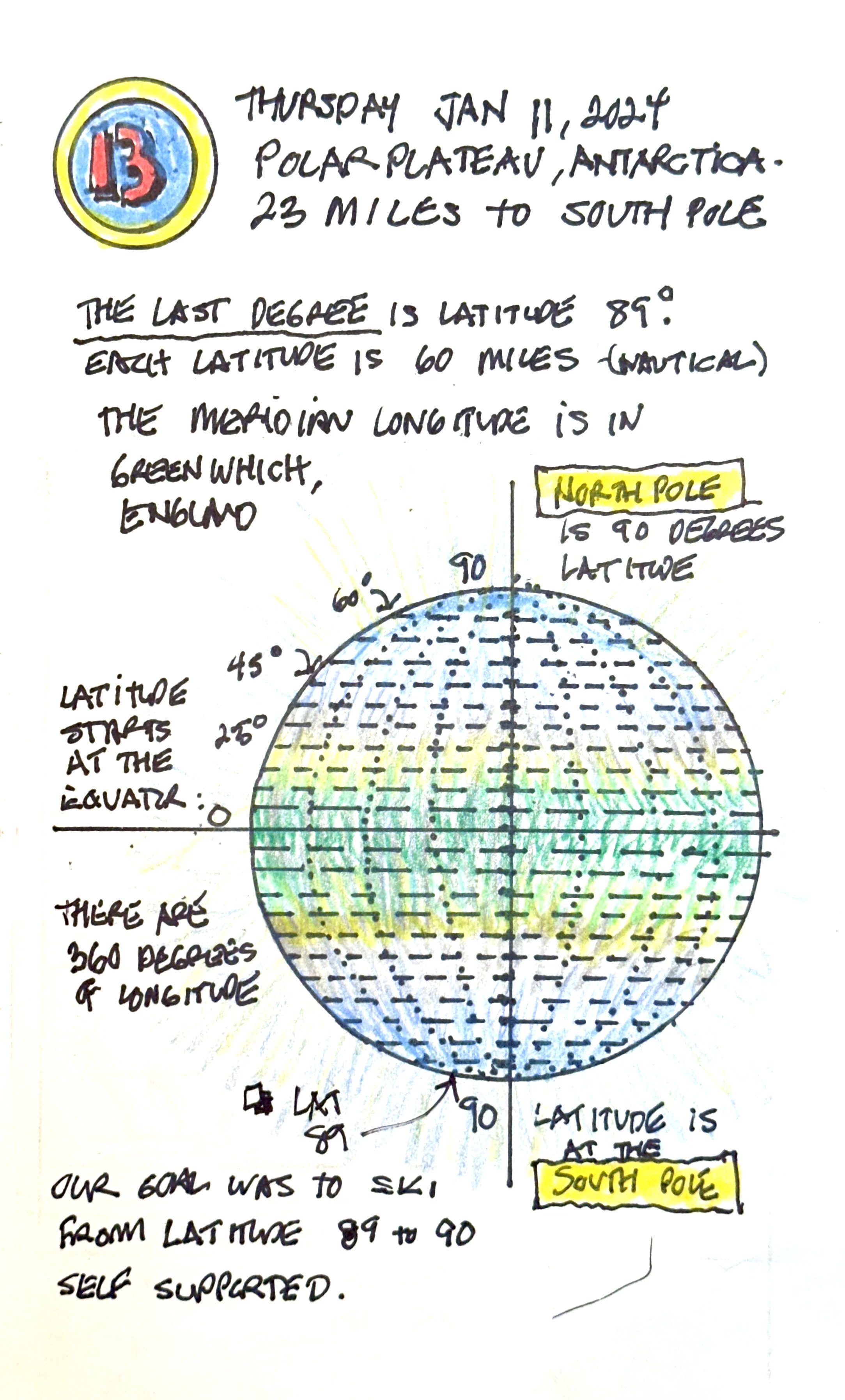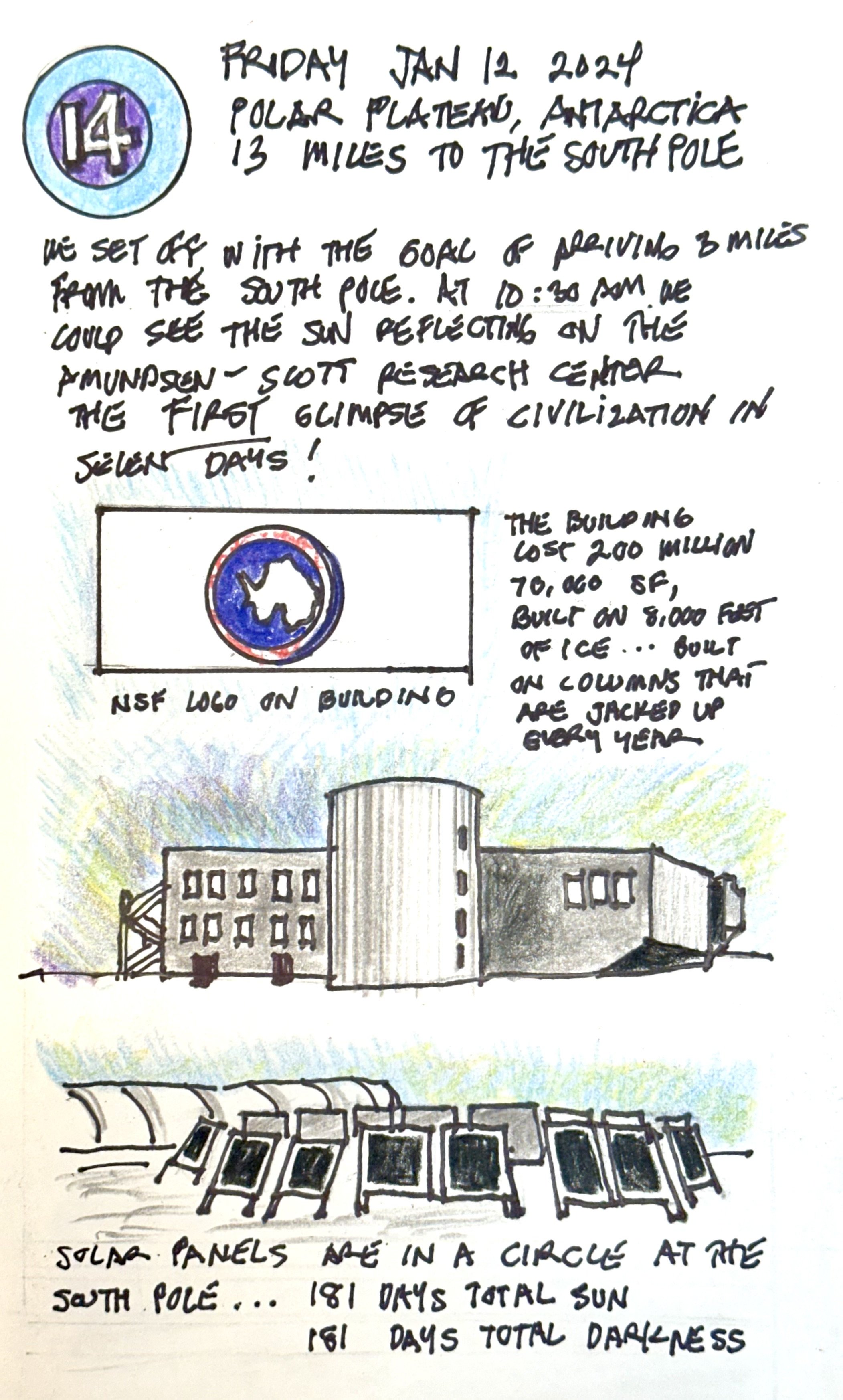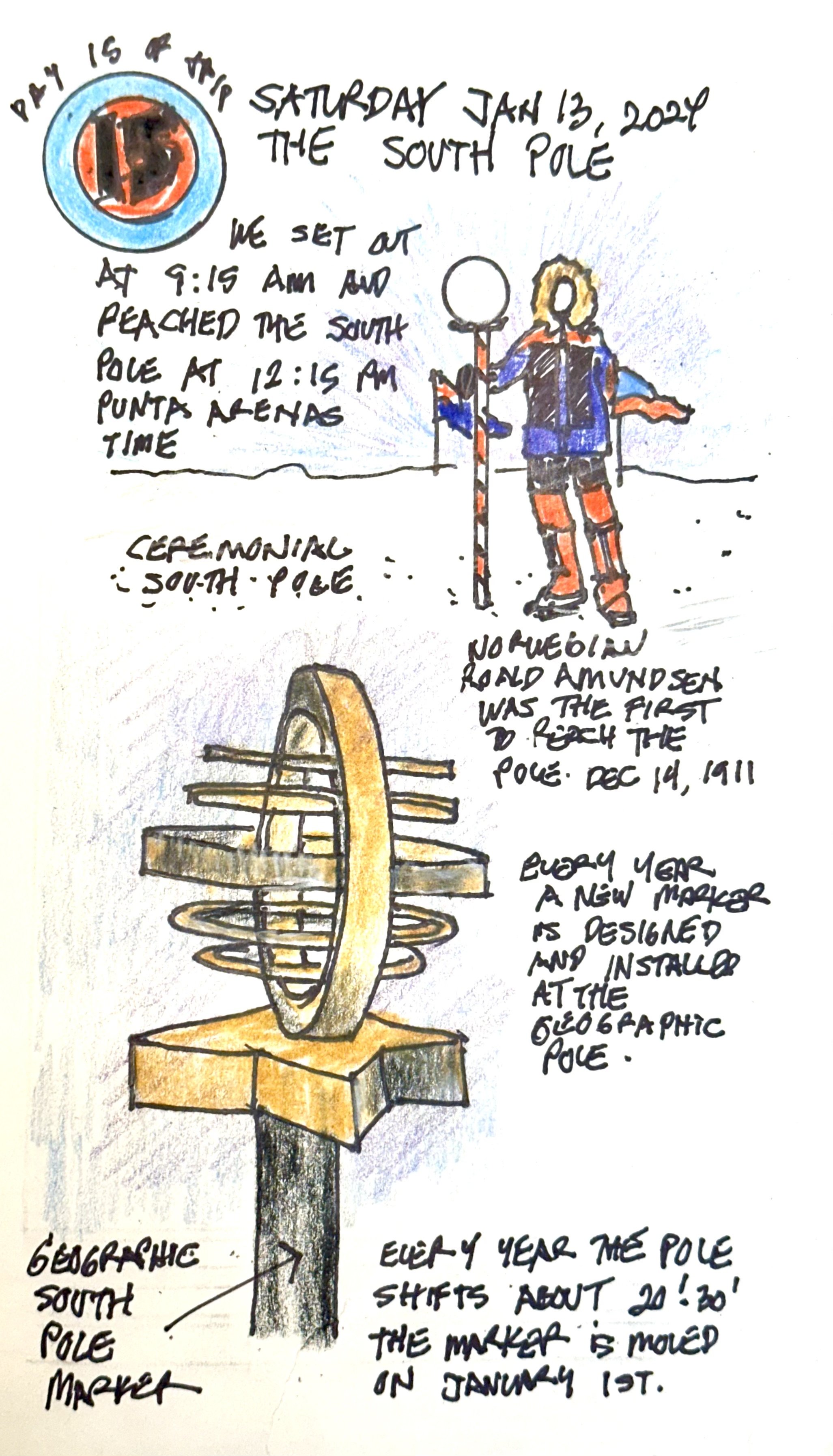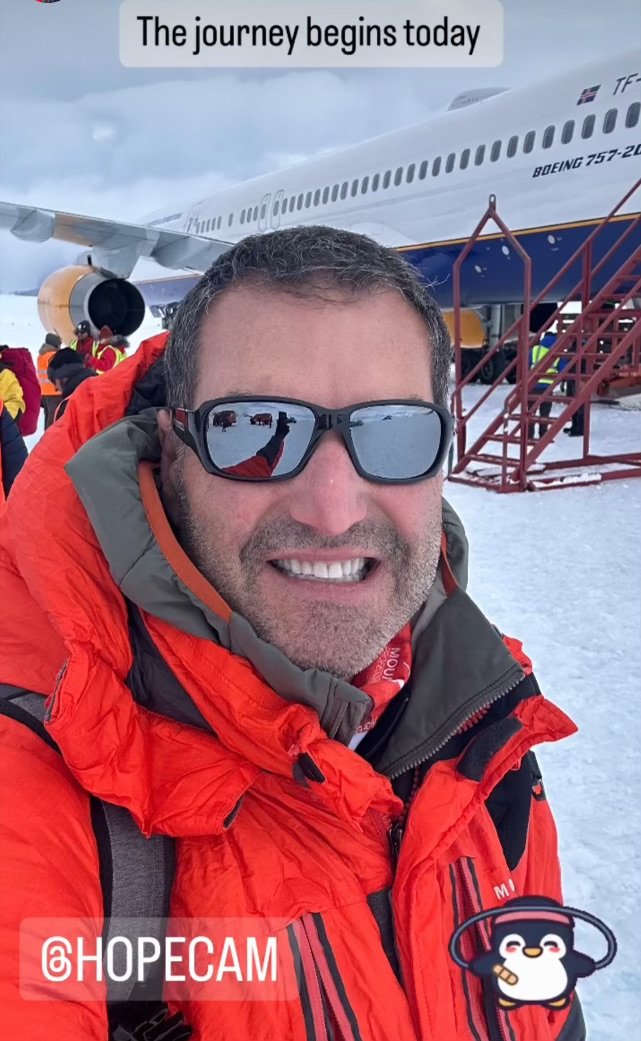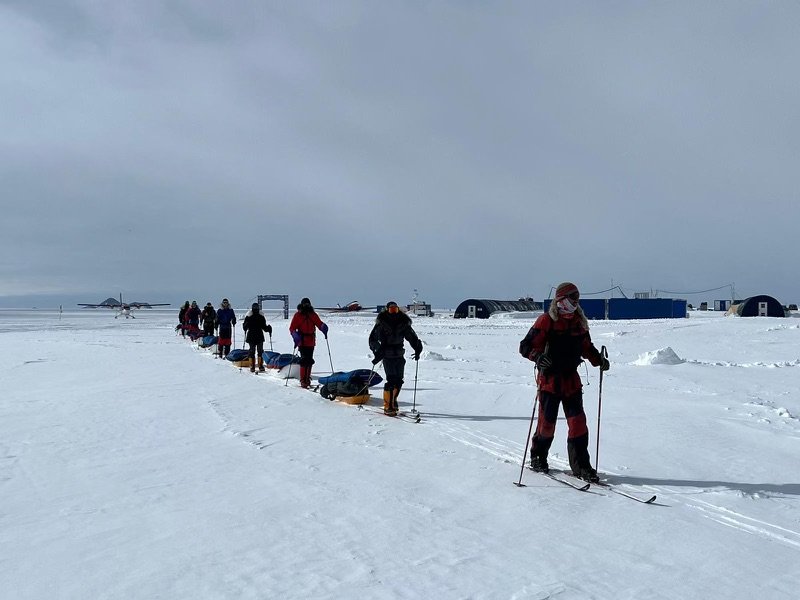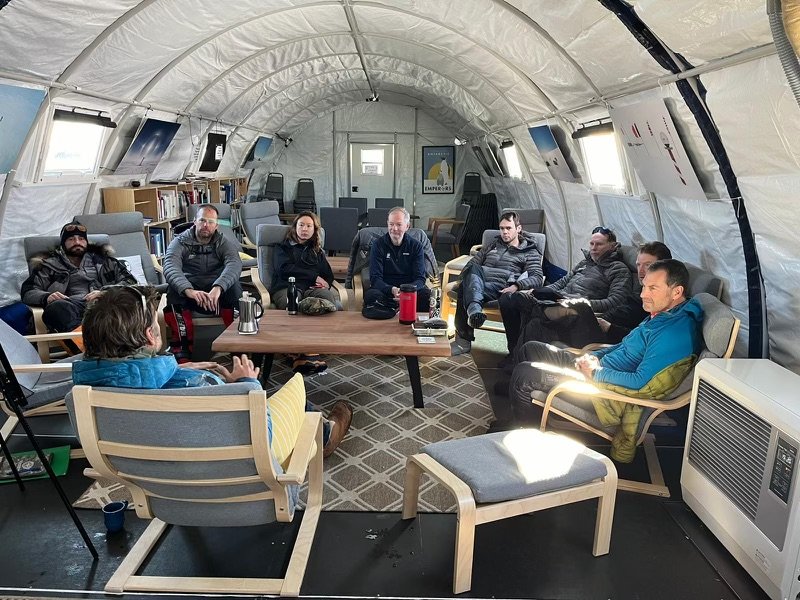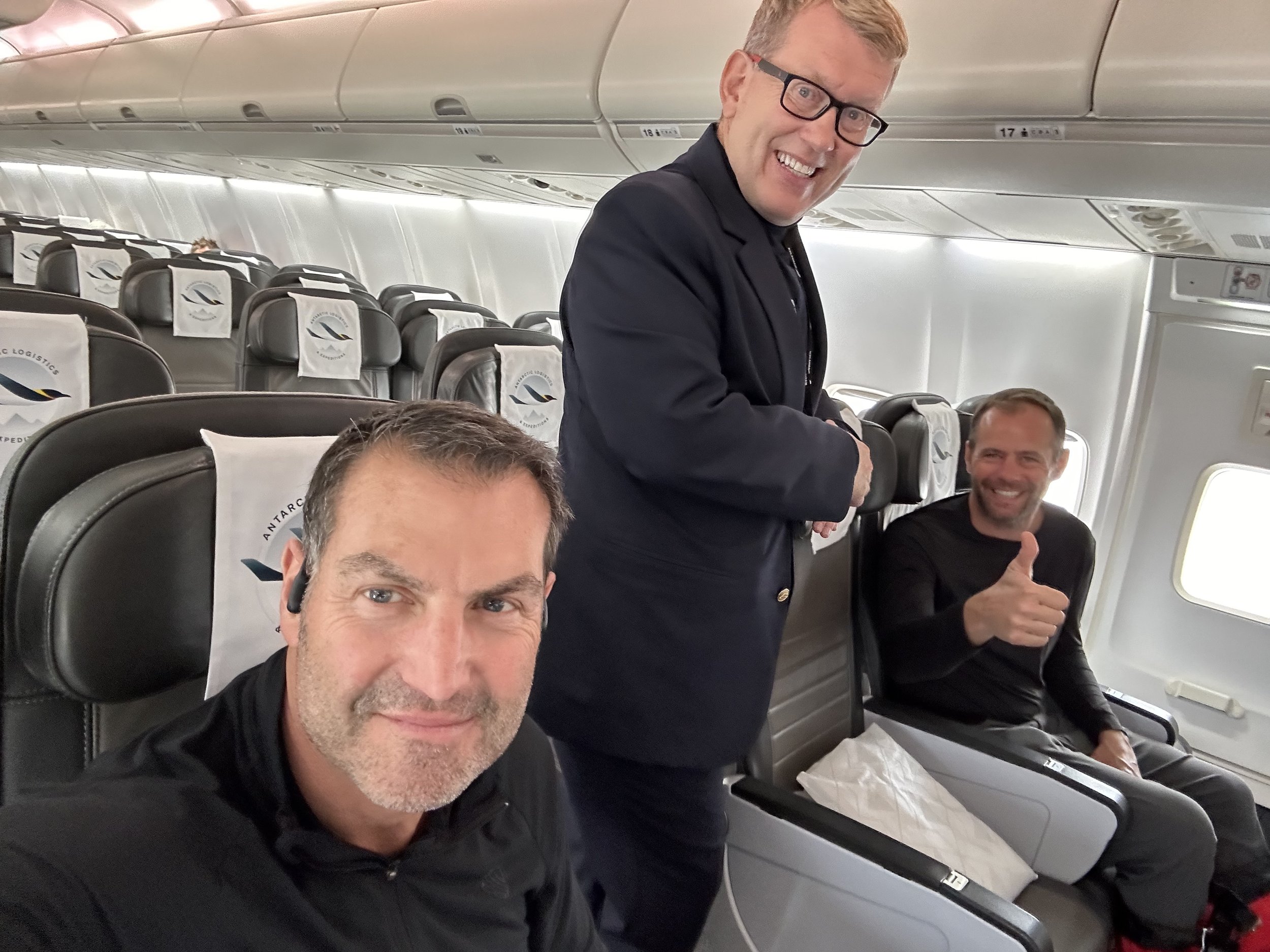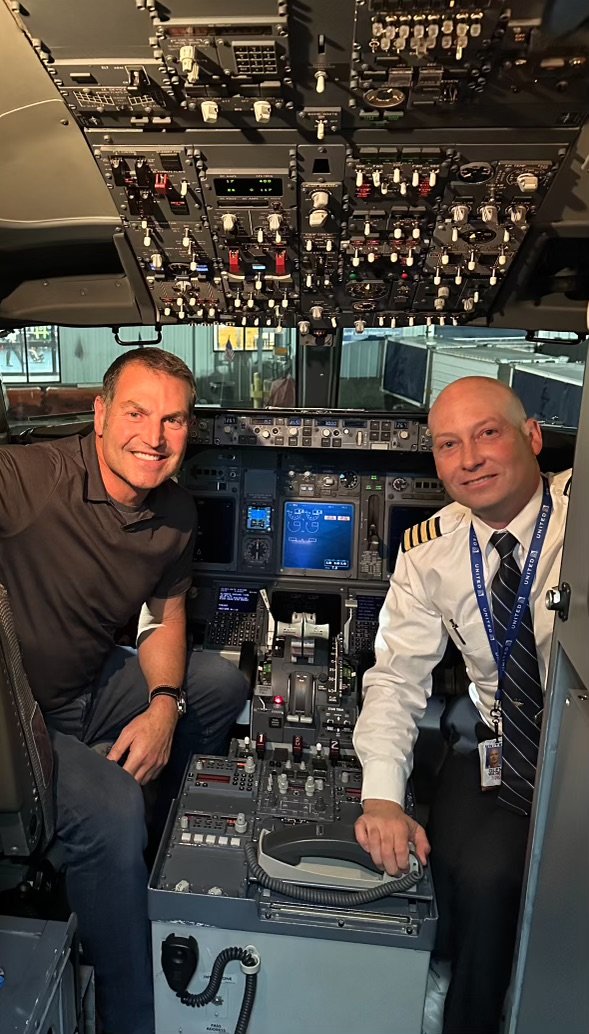I am sitting in my Hilleberg barrell tent writing this report in my sleeping bag and eating a Chicken Pad Thai camp meal. The meal is actually not bad! It's -25F outside so just about everything we do in the tent requires engaging with the sleeping bag to stay warm.
It's our fifth full day of skiing and every day is pretty much the same. 7:30 am wake up with hot water thermos dropped off by either Ryan or Scott (our guides). They make the hot water every morning and evening by boiling ice in a pot with a liquid gas fuel connected to a burner. We use the hot water to make oatmeal in the morning & the freeze dried camp food in the evening. By 9:15 am we break camp, take down tents and pack sleds & go. We ski for 60 minutes in a line with a guide setting the course with a compass and GPS unit. Our breaks last ten minutes and at the minute mark we stop we quickly. We put on our heavy polar down jackets rates for -40F. We take 5 breaks and ski six one hour segments. At the end of the last segment we set up camp.
So far we have covered 47 nautical miles with an average of 9.5 nautical miles daily. An earth mile is 20 percent longer.
Pulling a heavy sled across the ice while skiing takes some adjusting to. I dragged a tire in my neighborhood to train for the trip but this is different! The sled with sleeping bag, pad personal gear & food for 8 days weighs about 50 lbs. Add a tent and common gear for the team (fuel - shovel - tent pad etc) now weighs 70 lbs.
So today was sunny and breezy with -25 F temps. Not much changes day to day. At 4:00 pm the winds kicked up and dropped the temps to -40 F. This made for a not so fun camp set up as we all worked hard to build our shelters for warmth. So ONE last big ten mile push tomorrow and then an easy day Saturday.
So it's a logical question to ask: Why on earth would anyone put themselves in such a harsh and dangerous environment with such extreme conditions? While doing the same thing in and out day after day for 7 days in a stark and bleak moonscape environment and at the most remote corner on earth? Including the ridiculous expense, risks of frostbite - hypothermia - pneumonia etc?
I'm asking myself that question every morning. I believe in a way it's a test -
The mental strength to overcome the boredom.
The survival skills to thrive with very little equipment and the bare minimum gear. It's cleansing to discard all the comforts - and a way to appreciate them when I return.
Camaraderie: Being on an 8 person team with very interesting people from around the world who share a common interest and we all have to work together to reach our goal.
Rellive the experiences of the great polar explorers like Shackleton - Amundsen - Scott - Byrd. These men were discovering places no one had ever been. It's an honor to follow in their footsteps in a very smalll way.
Honor others - we ski every day for a child with cancer and honor their struggle reminding them that even at a young age Hopecam kids inspire others to do hard things.
Today we honored Hopecam Child Eliza. “She was diagnosed with pre-b cell Acute Lymphoblastic Leukemia in August 2023 at 3 years old. She is now 4 years old and is currently in frontline chemo treatment in Northern Virginia. She is funny, energetic, outgoing, and loves making new friends. Her favorite things to do are going to the playground, ballet, dancing, going on nature hikes, cooking, and doing arts and crafts. She loves elephants, dinosaurs, rainbows, and fairies. She has perfected her scooter riding and puzzle-solving skills this fall and is super proud of that! Eliza loves her little baby sister Marlowe and loves to make her laugh and she wants to be a Doctor or Child Life Specialist when she grows up.” Today was for you Eliza as we dealt with the extreme cold temperatures, you helped us power through the very cold with your smile and resilience.

